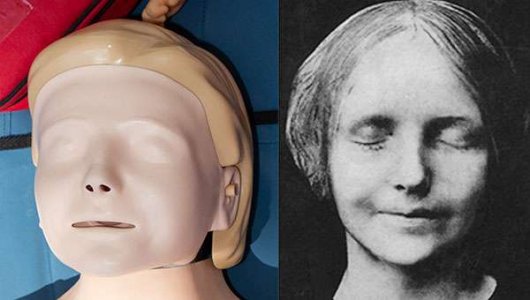StarSong
Awkward is my Superpower
- Location
- Los Angeles Suburbs
Sounds to me like he had a legitimate gripe.
Sounds to me like he had a legitimate gripe.

I'll take your word for it.
Well, that's kinda creepy.The first manikins used for teaching CPR were all female, so as not to intimidate students. She was commonly referred to as Rescue Annie or Resusci Annie.
The owner of the company that produced Rescue Annie wanted her to have a face that was completely non-threatening, even serene. He found it at a shop that sold masks. The mask he chose was a very popular one, though very few people knew it was a reproduction of the death mask of a 16yr-old girl who'd been pulled from the Seine river in Paris in the 1800s. She had drowned.
The girl was never identified. (she's the one on the right)
View attachment 328486
"Canadians say “sorry” so much that a law was passed in 2009 declaring that an apology can’t be used as evidence of admission to guilt."The scientific term for brain freeze is “sphenopalatine ganglioneuralgia.”
Canadians say “sorry” so much that a law was passed in 2009 declaring that an apology can’t be used as evidence of admission to guilt.
Back when dinosaurs existed, there used to be volcanoes that were erupting on the moon.

And another 36 million are sold for half price the week after Valentine's Day.
She does look rather stoned in this image.
I was going to say the same thing..lolShe does look rather stoned in this image.

While not toxic, since they're made of paper or plastic plus glue, neither are they nourishing.I wonder if this is true !

who knew H. R. "H". stood for Highness
